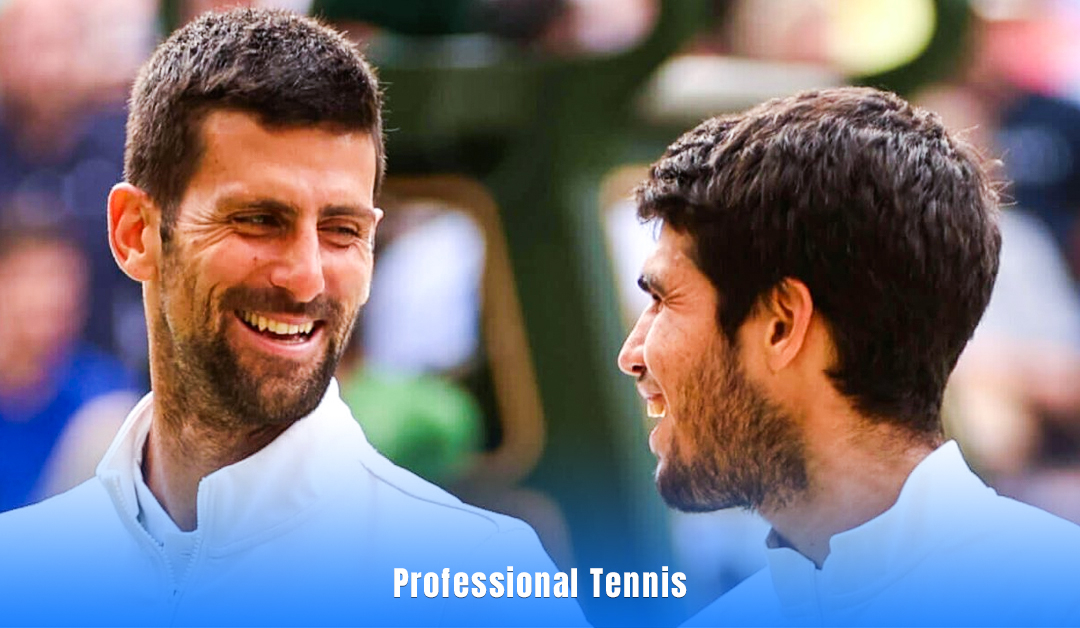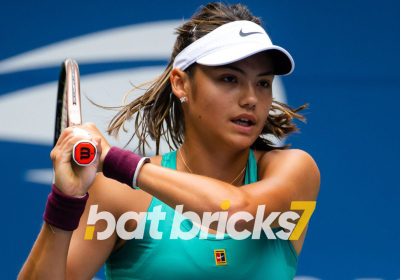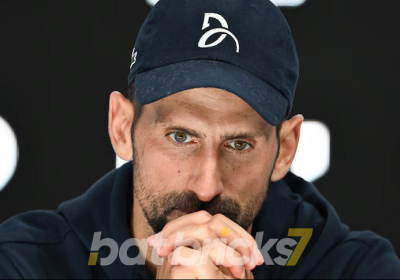The Grand Slam push to reorganize professional tennis hits a familiar snag money

Professional tennis hits a familiar snag money
The momentum that leaders of the biggest tournaments in tennis gained last year to reshape the sport has slowed in recent weeks as they try to iron out the details of the plan and figure out how to finance it.
According to seven executives in the sport who have been involved with or briefed on the discussions, the leaders of Tennis Australia and the United States Tennis Association, who are driving the push for a new premium tour, have been scrambling in recent weeks to come up with a plan that all four of the Grand Slams, including the leaders of Wimbledon and the French Open, will agree to.
Without that agreement, they will not be able to sell their plan to players and at least four other organizations that run tennis. Or, for that matter, to potential investors in media and finance, who will likely be needed to fund a reorganization of the sport that countless executives and players have been wanting for a generation.
This latest effort comes amid a growing consensus among the sport’s most powerful entities, executives and top players that tennis is not working nearly as well as it should. The season lasts too long and exhausts players, is confusing for fans to follow, and lacks a cohesive media strategy.
“There’s a motivated opportunity, there’s a motivated intent and motivation to do some great things for the game and everyone agrees with that,” Craig Tiley, the chief executive of Tennis Australia and the prime mover of the effort, said during a recent interview. “The next starting point is to co-create something that makes sense that everyone can buy into. That’s the process that’s going on now.”
The push from Tiley and the Grand Slams to streamline the highest level of professional tennis began at Wimbledon early last summer when word began to circulate that the men’s and women’s tours were considering adding a top-level event in Saudi Arabia during the first week of the season, beginning in January 2025. A top-level January event in Saudi Arabia posed a serious threat to the series of tournaments across Australia and New Zealand that, along with the Australian Open, constitute the first swing of the year.
Facing the possibility of losing control of a schedule that features geographically convenient tournaments that lead into their events, the Grand Slams banded together to try to protect their turf and bring long-hoped-for new order to the sport. For the past eight months, those leaders tried to come up with a plan they could present to the players and the leaders of the tours. Initially, they targeted presenting something in Turin, Italy, at the ATP Finals, then pushed their deadline to January in Australia during the Australian Open.
Tiley spent much of the recent Australian Open meeting with leaders of the other organizations that oversee the sport, as well as top players, such as Novak Djokovic and Ons Jabeur, but agreement on a final proposal remained elusive. Now the goal is to have something ready in March, most likely at the Miami Open, which is easier for tennis leaders in Europe to travel to than Indian Wells, California, the site of the next big mixed event.
According to the people who are directly involved or familiar with the discussions, the continuing delays are largely the result of the Grand Slams’ inability to commit to a plan for financing the new premium tour. Nearly all of them asked not to be identified to avoid jeopardizing their professional relationships during a sensitive moment in negotiations.







